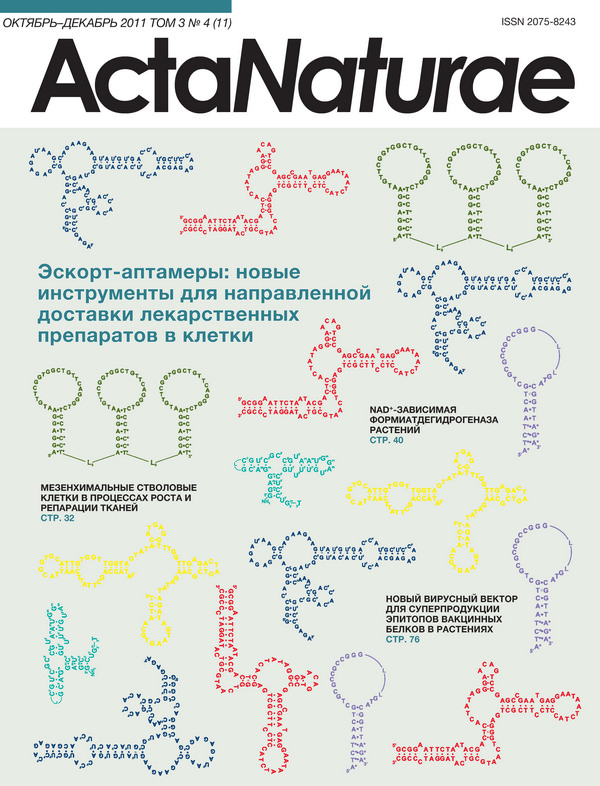Аннотация
Merocyanine 540 (MC540) is used as a photosensitizer for the inactivation of microorganisms. The following is already known about MC540: firstly, MC540 exists in distilled water in both monomeric and dimeric forms, and the addition of salts into a MC540 solution leads to the formation of large aggregates that can be detected by the resonance light scattering technique. Secondly, singlet oxygen can only be photogenerated by MC540 monomers. In the present work, we studied the effect of MC540 in the aggregated state on the rate of photosensitized inactivation of Staphylococcus aureus and Pseudomonas aeruginosa. To this end, bacteria either in MC540-containing distilled water or in a 0.25 M sodium chloride aqueous solution also containing MC540 are irradiated (546 nm). The results show that, in the presence of salt, the aggregation of MC540 greatly increases the efficiency of the MC540-photosensitized inactivation of P. aeruginosa and S. aureus. In the presence of salt, the rates of P. aeruginosa and S. aureus inactivation increase by factors of 10 and 30, respectively, in comparison with the rate of inactivation observed in the case of distilled water. Our results suggest that a salt-induced photosensitization mechanism can switch from the singlet oxygen to the free-radical pathway.







